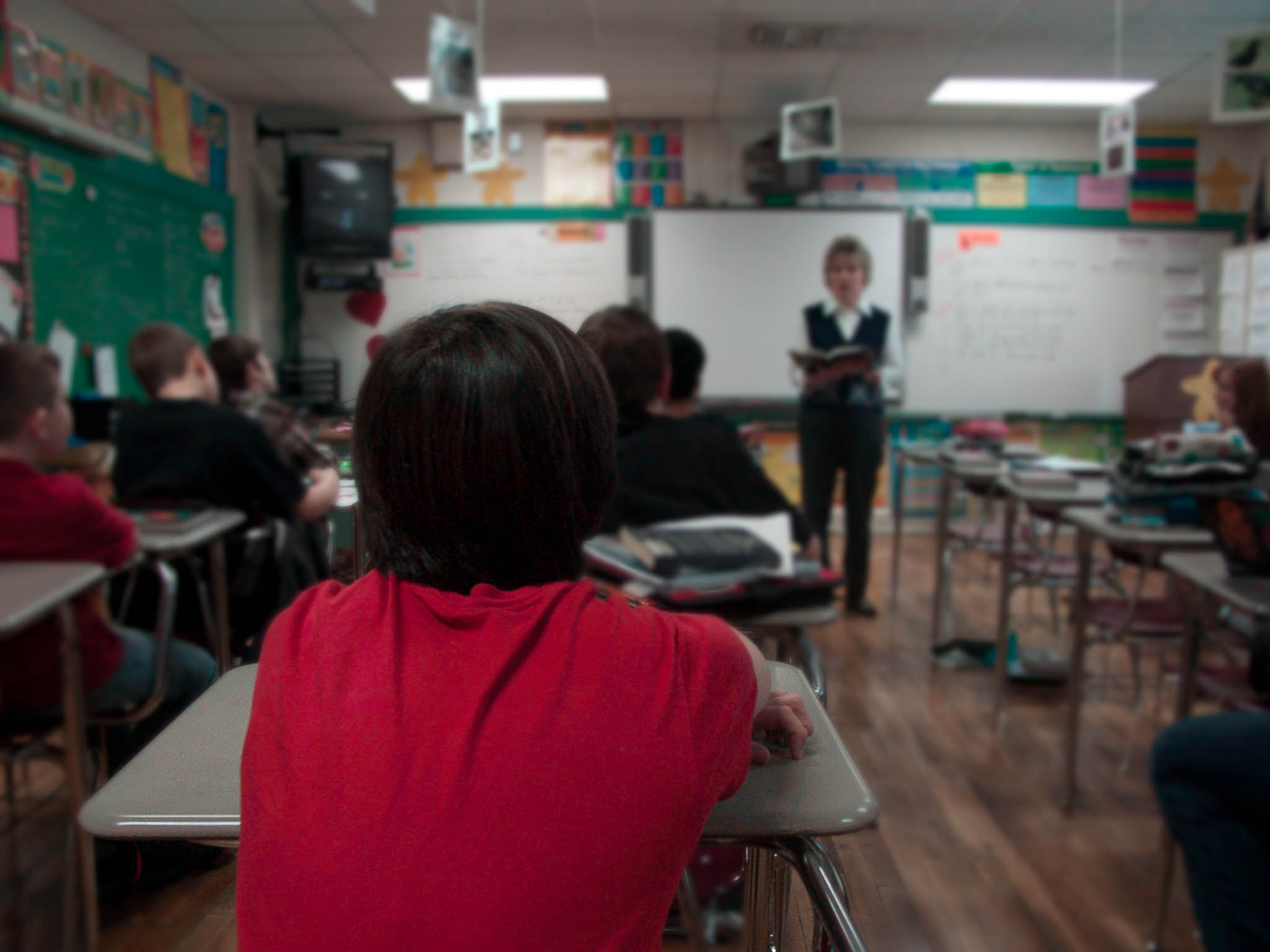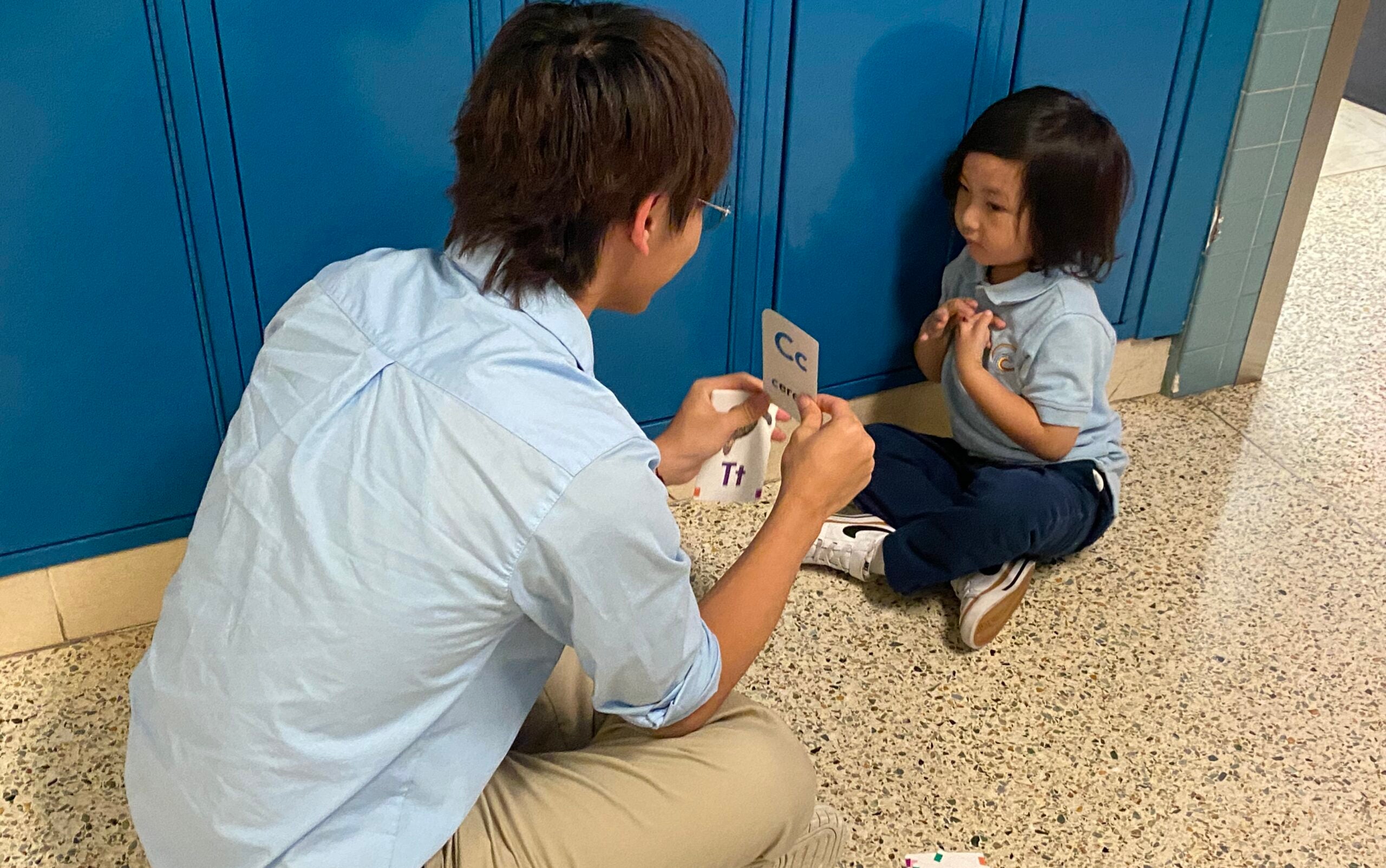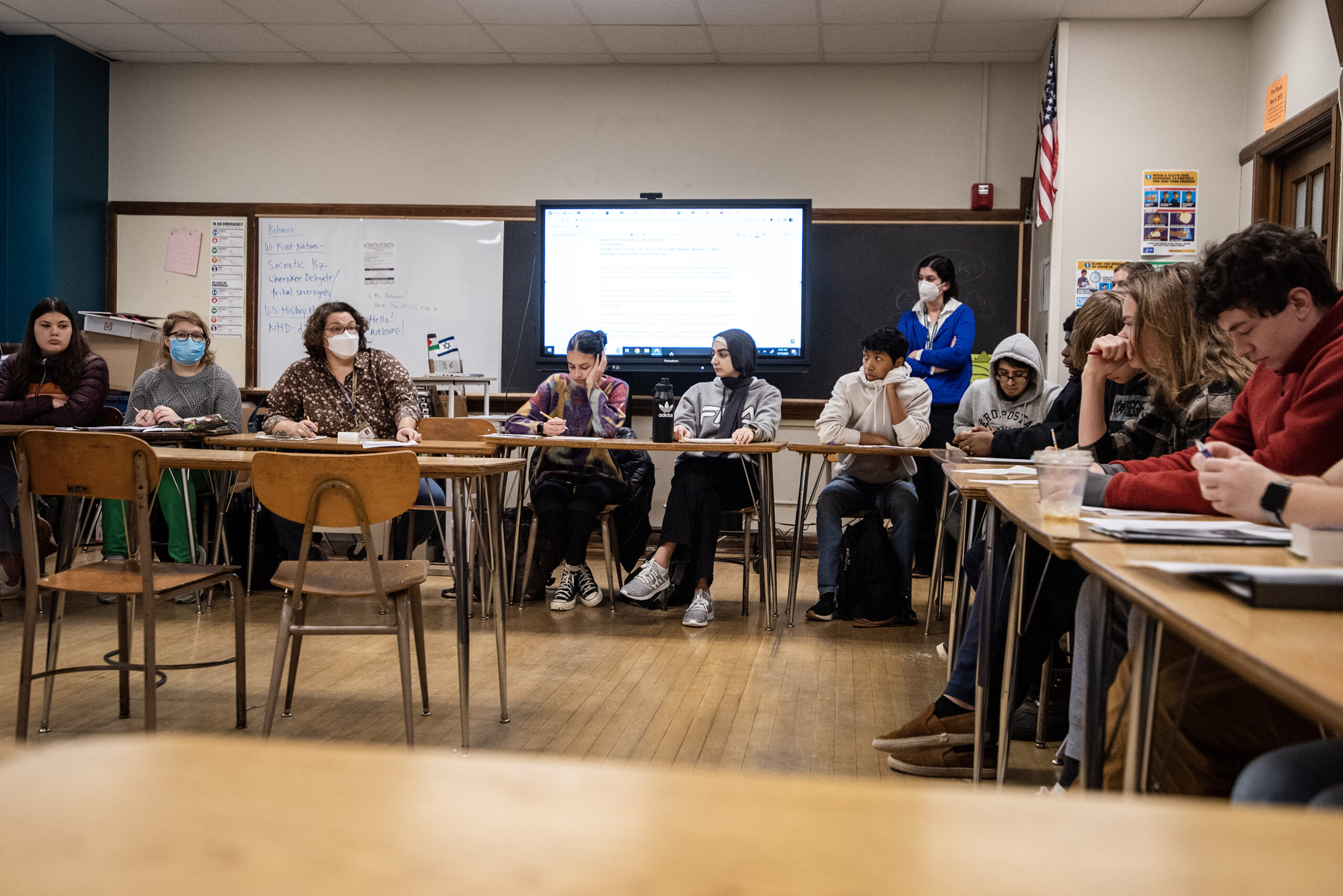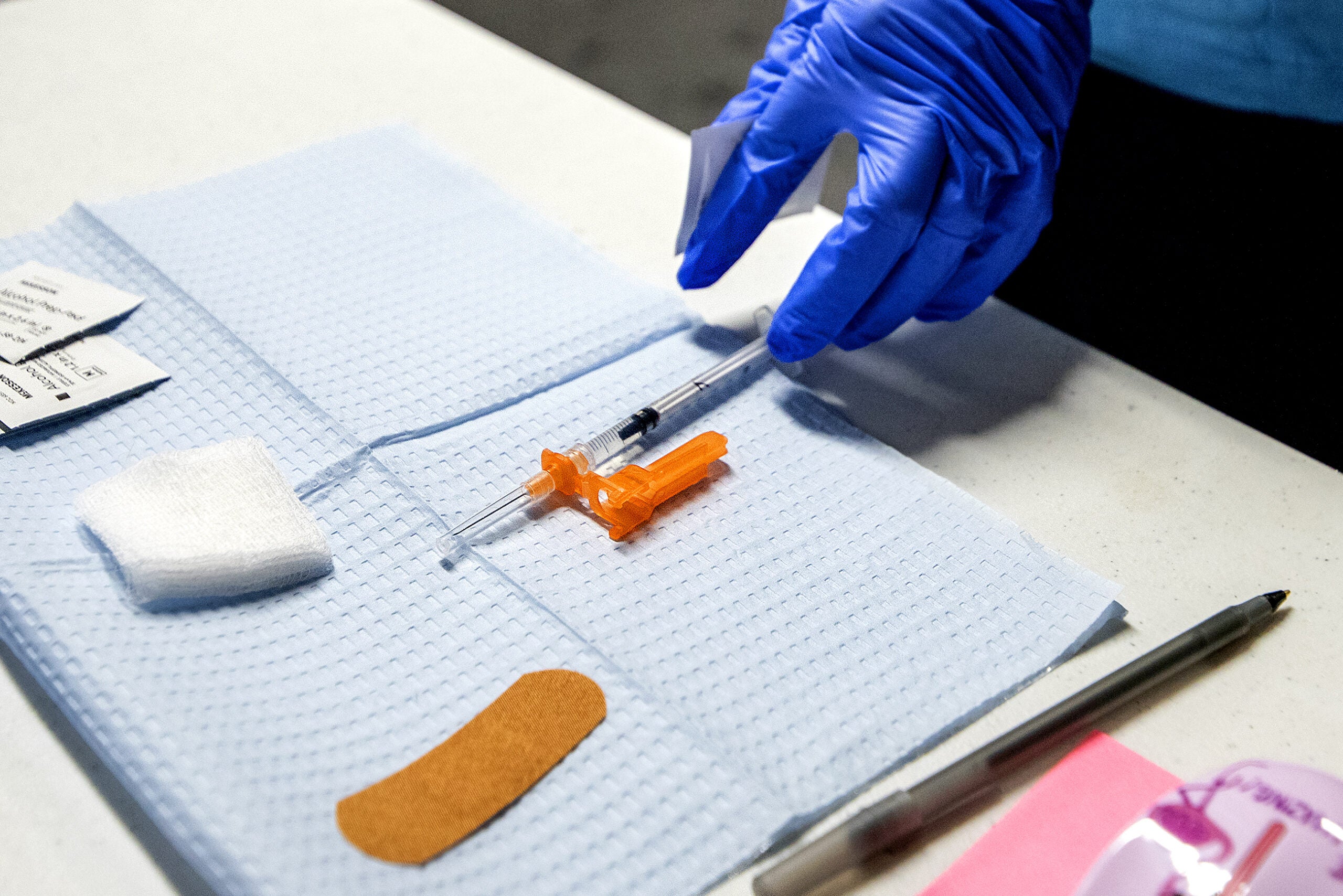With vaccinations for school staff on the horizon, many virtual or hybrid-learning school districts in Wisconsin are starting to plan for a return to classrooms.
Wisconsin’s teachers and other school staff are in the next priority group for COVID-19 vaccines, which means they’re likely to start getting those shots around March 1, according to the state Department of Health Services. Some teachers are already vaccine eligible due to their age while others, like some of those the Janesville School District, have gotten earlier access because their local medical providers have extra doses.
The available vaccines require two doses, three or four weeks apart, with an estimated few weeks after that for the body to build up the necessary antibodies to fully take advantage of the vaccine’s protection. However, especially in light of recent studies that show very low COVID-19 spread within schools with proper masking and distancing, parents and school board members don’t want to wait until April to see students back in classrooms.
Stay informed on the latest news
Sign up for WPR’s email newsletter.
At a Monday meeting, members of the Wausau school board considered a plan to bring students back four days a week. At present, middle- and high-schoolers are attending on a hybrid schedule that puts half the students back in school buildings on alternating weeks. Wausau’s decision in July to start the year virtually prompted community uproar, pushing the board to start bringing students back in November. The current plan, which board members have pushed to a Feb. 8 vote, would bring students back in person beginning March 1.
At Monday’s meeting, Karen Vandenberg, a nurse and 2021 school board candidate, urged the board to bring students back into classrooms full time, saying there was too much focus on the potential dangers of reopening and not enough on the harm from keeping students home.
“All of us have ‘what-ifs,’ please consider these: What if the substance abuse that we know has increased among our teens leads to a lifetime of addiction? What if the outrageous failure and truancy leads to dropouts, poverty and homelessness? What if the unchecked abuse of a student leads to irreparable trauma?” she said.
Another 2021 candidate, Jon Creisher, compared Wausau to the Waukesha school district in southeast Wisconsin, which voted to return to in-person learning this week.
“The Waukesha school district board reviewed the same data that this very board reviewed in early December — failing grades, truancy, suffering mental health, etcetera — and the Waukesha board voted on Jan. 13 unanimously to send their secondary students back to school five days a week,” he said. “Please put the children first tonight.”
Teachers’ unions have stressed the importance of making data-informed decisions and taking all possible precautions before bringing everyone back into school buildings full time. Wausau Education Association President John Masanz asked that teachers be fully vaccinated before all students be brought back in.
“I’m not here to kick and scream,” he said. “We know kids that will be back eventually. We welcome them back with open arms — we always have — and we look forward to that day. The WEA simply requests the safety of all personnel be put above the politics.”
In Green Bay, impending vaccination of its teachers and staff helped push the school board to put a timeline on its reopening plans. It will bring staff back on March 22 — three weeks after teachers’ vaccine eligibility is slated to begin — and students beginning a week later, beginning with the youngest students four days a week and then phasing up from there.
“I would hope that a family would say, ‘Well, OK, this isn’t as fast as I wanted it. Maybe it’s not as many days as I wanted it, but at least we have a date. We know what we can plan on, and we can go forward with that,’” said Board Member Eric Vanden Heuvel at a Jan. 19 meeting. “Knowing that the staff in our district that want a vaccine will be able to have one if we come back on this date is a compromise.”
The March 1 date, however, isn’t set in stone.
“Everything comes back to how much vaccine we have, and then how many people actually accept it,” said DHS Deputy Secretary Julie Willems Van Dijk.
The state’s largest teachers union, the Wisconsin Education Association Council, has emphasized that vaccines are just one piece of the protections necessary to keep schools safe. WEAC President Ron Martin said it’s essential that schools not rely on the shots, but also keep up mask-wearing, social distancing and all the other preventative factors that the Centers for Disease Control and Prevention noted have kept COVID-19 spread low in schools.
“That (vaccine) alone won’t necessarily solve the challenges that confront us during this pandemic — this is one piece of the puzzle,” Martin said. “If students are carriers of the virus, we don’t want them to take it back home with them, or give it to other students, who then give it to their families.”
Even in school districts that have been trying to get more students into classrooms since before teacher vaccines were clearly on the horizon, officials want communities to measure their expectations for this school year and the next.
Wisconsin Rapids Superintendent Craig Broeren, who oversees several schools that were part of a study on COVID-19 spread in schools, wants to phase his older students into four or five days a week in-person before the end of the year, in part because he assumes the school struggle with COVID-19 will outlast this school year.
“We’re probably not going to have the necessary percentage of the community vaccinated, kids included, from what I’ve been told, until the end of next school year, which means we’ll be mask-wearing and social distancing until the end of next school year.” he said. “What I’m thinking is, we can’t possibly do this for an entire other school year. So, it makes sense to do something to incrementally move in that direction.”
Wisconsin Public Radio, © Copyright 2025, Board of Regents of the University of Wisconsin System and Wisconsin Educational Communications Board.







